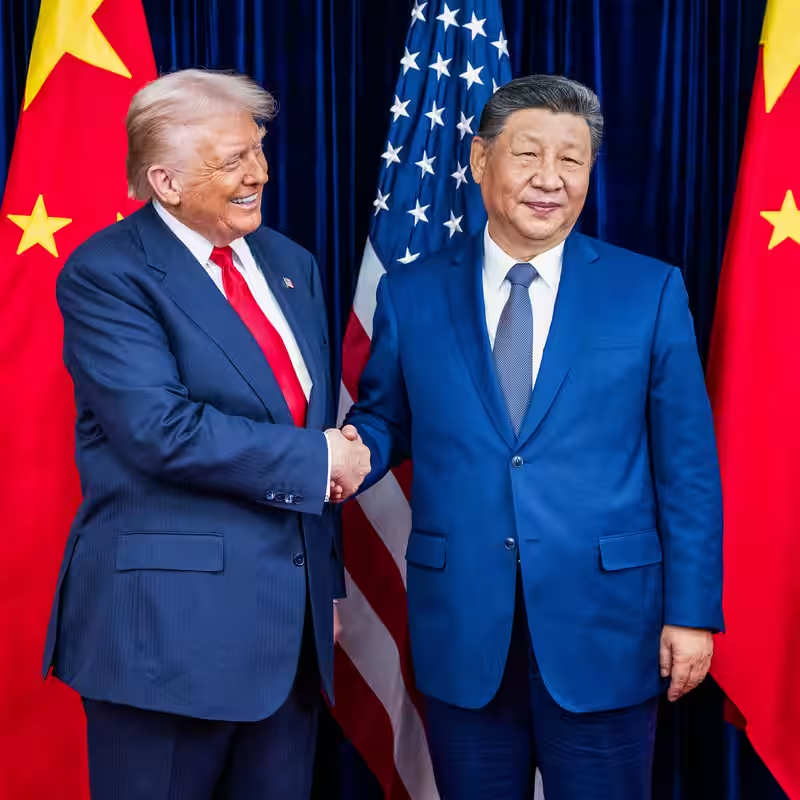In a high-stakes diplomatic showdown that could reshape global markets, U.S.-China trade talks concluded this week with surprising outcomes. While both sides claimed victory, a closer look reveals that Chinese President Xi Jinping walked away with significant concessions from former President Donald Trump—all while returning to the pre-conflict status quo.
U.S.-China Trade Talks: A Delicate Dance of Power
The October 30, 2025 meeting between Xi Jinping and Donald Trump—held amid rising tensions over tariffs, tech restrictions, and supply chain security—ended with an unexpected twist. According to The New York Times, Xi secured key compromises from Trump in exchange for agreeing to restore trade relations to their prior state .
This outcome marks a strategic win for Beijing, which has long sought to roll back punitive U.S. measures without making major new commitments.
What Did China Gain?
While full details remain under wraps, sources indicate that Trump agreed to:
- Pause new semiconductor export controls targeting Chinese firms
- Reduce tariffs on select consumer electronics imported from China
- De-escalate rhetoric around “decoupling” in public statements
In return, China committed to no new policy changes—only a pledge to resume purchasing U.S. agricultural goods at pre-trade-war levels.
Why This Matters for Global Markets
The U.S.-China trade relationship remains the world’s most consequential economic partnership. Any shift—even symbolic—ripples through supply chains, stock markets, and currency valuations.
Investors reacted positively to the news, with Asian markets rallying and U.S. tech stocks gaining ground on hopes of eased restrictions. Yet analysts warn that the underlying structural tensions—over technology dominance, intellectual property, and industrial policy—remain unresolved.
Trump’s Calculated Retreat?
For Donald Trump, who built his 2016 campaign on tough-on-China rhetoric, the concessions may seem like a reversal. But political observers suggest it’s a pragmatic move ahead of the 2026 midterms and potential 2028 presidential run.
“Trump needed to show he could ‘make deals’ again,” said Dr. Lena Cho, a trade policy expert at Georgetown University. “But by accepting a return to the status quo, he effectively handed Xi a diplomatic win without extracting new guarantees.”
The Bigger Picture: Strategic Patience vs. Transactional Diplomacy
Xi’s approach reflects China’s long-term strategy: avoid escalation, maintain economic stability, and wait out U.S. political cycles. In contrast, Trump’s transactional style prioritizes short-term wins—even if they lack enforceable mechanisms.
This dynamic played out clearly in the latest round: China preserved its core interests, while the U.S. gained little beyond photo ops and headlines.




